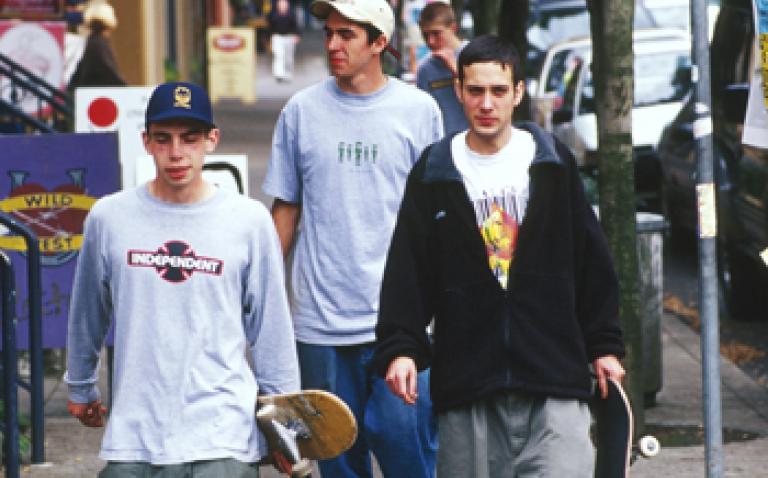Children and teenagers suffering from chronic pain are much more common than one might think. However, according to a new doctoral thesis from the Swedish medical university Karolinska Institutet, a new type of therapy makes it possible to curb their pain experience and to teach them how to handle and live with their condition more effectively.
The new therapy, called Acceptance and Commitment Therapy (ACT), is a development of Cognitive Behavioural Therapy. In Acceptance and Commitment Therapy, the patent and the therapist together define long-term goals and the consequences of letting the pain control and restrict the patient in his or her daily life. The method has now been studied for the first time on children and teenagers.
“We identify what it is the patient avoids and address the advantages and disadvantages of doing so,” says Rikard Wicksell, researcher at the Department of Clinical Neuroscience and psychologist at the Pain Unit at the Astrid Lindgren Children’s Hospital in Solna.
“We train them to put themselves in situations that they’ve been avoiding in a way that’s impaired their quality of life. It’s important for them to stand up and look beyond the immediate present.”
Rikard Wicksell finds it remarkable that chronic pain in children and teenagers is such an unexplored field, especially as regards properly conducted studies of therapeutic methods. The subject group is, after all, rather a large one.
In one of his studies, Rikard Wicksell compared two groups of children and teenagers, the one receiving traditional treatment (including medication), the other ACT.
An evaluation carried out six months later showed that the ACT group experienced less pain, which meant that they were able to function better in their daily lives and were less anxious about taking part in activities and about the future.
He also tested the ACT model on adults with whiplash and other injuries, and found that it improved their life quality and functionality, even if the actual pain they felt was not reduced.










